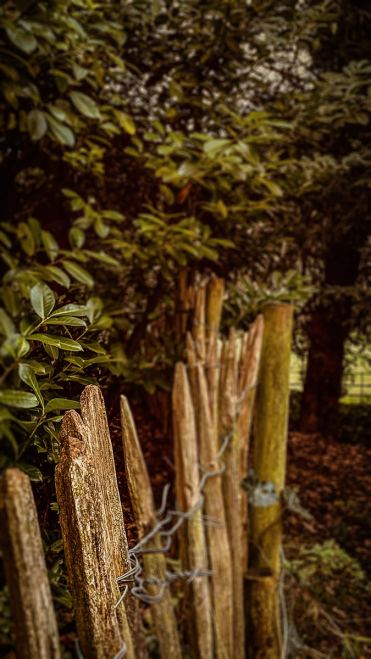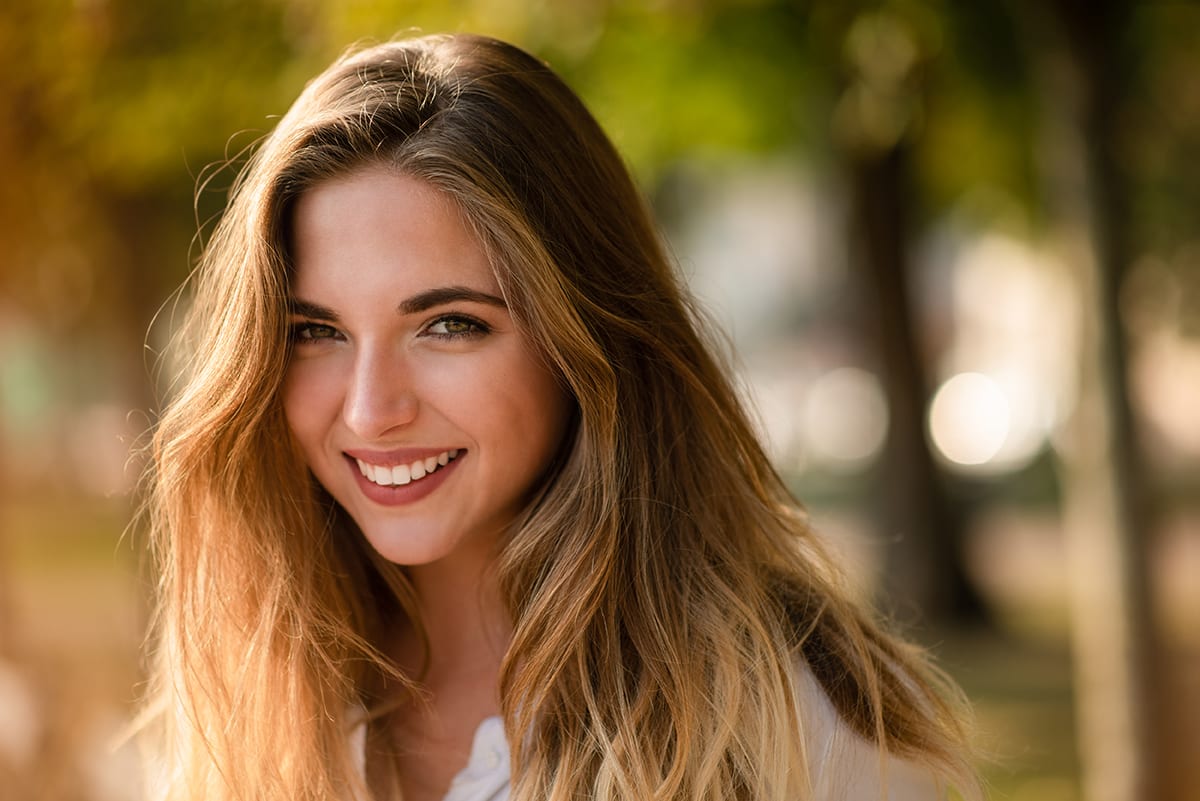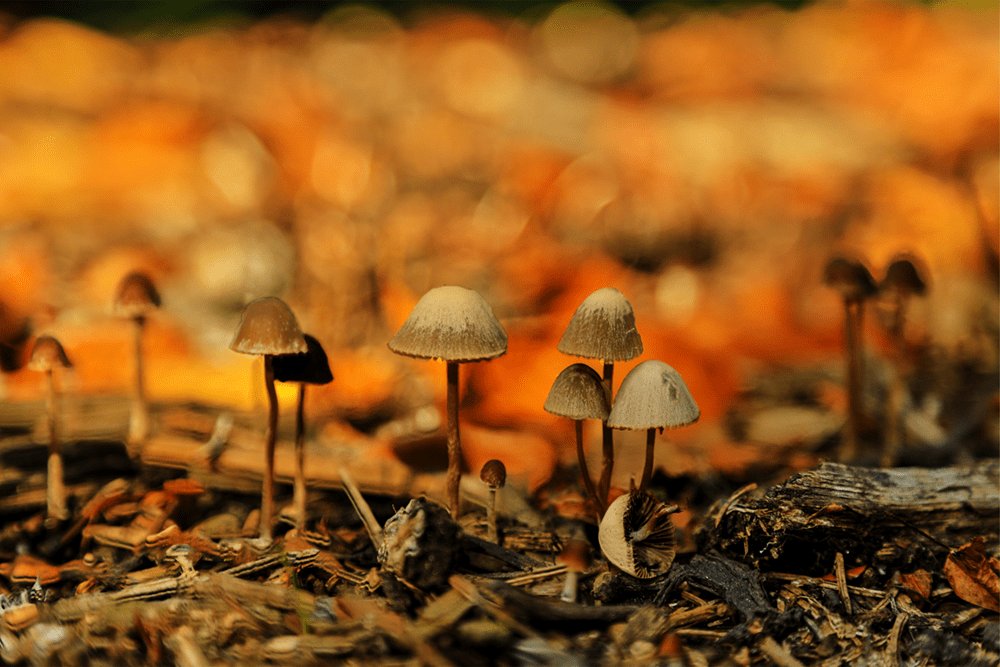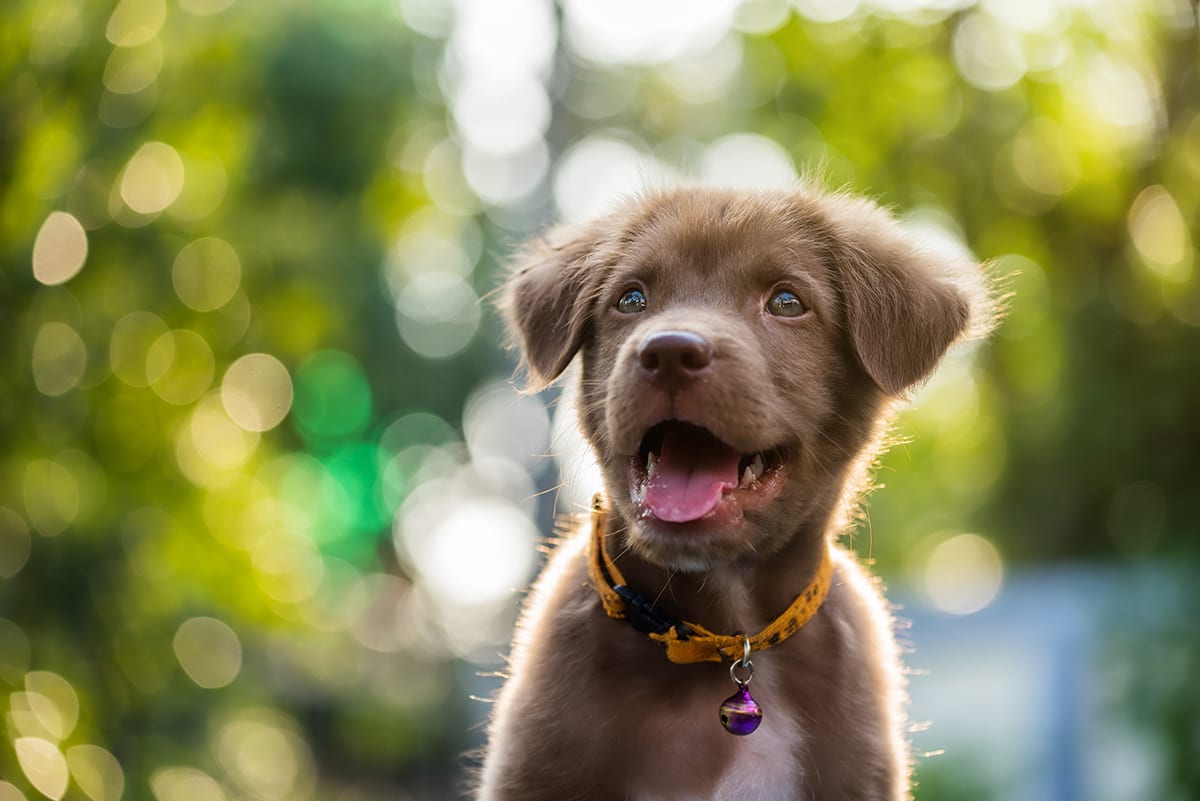The Bokeh Effect?
Creating a bokeh effect can create an effective image by concentrating upon a focal point. This can be created in camera or when editing.
But, what is and what isn’t the Bokeh Effect?
Photo by Arwyn Bailey

The Origins Of The Bokeh Effect.
Bokeh is also known as “Boke” and it is one of the most popular subjects in photography.
The origin of the word Bokeh comes from the Japanese language, which literally translates as “blur”.
This effect makes photographs visually appealing by making the viewer to focus their attention on a particular area of the image.
The What?
The bokeh effect is often thought to be the blur within a photograph.
However, I maintain that bokeh is the quality of the out of focus part of an image that is either created by a camera lens, or, within the editing process.
Background or Receding Blur.
Consider the the image opposite. The near part of the image is in focus.
This means that it lies within the depth of field. The fencing and the foliage is out of focus.
This means that this part of the image is outside this depth of field.
The Aperture.
A small or “shallow” depth of field is achieved by standing relatively close to the subject, whilst using a large aperture such as f2.8 or lower.
The image above was shot on my iPhone 12.
I have introduced the blur effect within photoshop. A lot of the software that is available offers this type of tool during the editing process.
The Lens.
The Bokeh Effect is created by the lens. This is where the magic happens, not, within the camera.
It is worth noting that different lenses render bokeh differently due to their optical design.
In general terms, lenses with large maximum apertures yielding a more pleasing look to bokeh than lower cost zoom lenses.
Different lenses that use the same focal length and aperture in an image, will create different qualities of the bokeh effect.
All lenses are capable of producing an out of focus blur, but, all lenses are not capable of rendering beautiful looking bokeh.
Great Bokeh.
The question is, what is a great or beautiful bokeh?
Good bokeh pleases the eyes of the viewer and their perception of the image.
The background blur needs to appear soft with smooth round circles of light and no hard edges.
Here is an example of beautiful bokeh rendered by a camera lens set to a wide aperture.

There are no hard edges at all in the background. The hair is starting to move out of focus at the back of the head giving a soft edge. The circles of light in the background are also soft.
The round circles of different colours are light reflections. They are circular because that is how a lens renders them.
The soft “feel” of those circular areas can be referred to as being “good bokeh”.
Some will argue that bokeh is just about the quality of the circular light reflections. However, many adhere to the mantra that bokeh is about the quality of the entire out-of-focus area, and not just the highlights and reflections.
The Set Up.
In order to test the ability of your own lens, focus on an object from as close a distance as your lens will allow.
Make sure that your object is in focus and that there is nothing at least 5 – 6 feet behind that object.
Also, ensure that your camera is on the same level as the object. You do not want to be angling the camera up or down. Using a tripod will help with this, especially if it has a spirit level for ensuring that the camera is level with your object.
A plain wall as a backdrop will not work either. Find a colourful background, preferably with some lights on it.
A Christmas tree, or a shop display with lighting, in the background is perfect for this test.
The Settings.
If you are unfamiliar with setting up your camera manually, turn the setting to Aperture Priority mode.
If you are using prime or professional zoom lenses, the widest aperture may be between f1.2 and f2.8. For the lower cost lenses the widest aperture may be only f3.5 or f4.0.
When you have set the aperture to the lowest value, set your focal point on the object and take a picture.
Look at the resulting image in the LCD screen of your camera.
The object needs to be in focus whilst the background will be blurred.
If you have used the settings correctly, positioned your object at lest 5 – 6 feet from the background.
The bokeh will be soft with the circular reflections being round and soft without any hard edges.
The Subject.

Photo by Arwyn Bailey
This effect can be deployed on objects, plants, pets and in portraiture photography.
However, the need to use the Bokeh Effect for landscape and product photography is less. You may be wanting to keep the image more in focus. In these circumstances a smaller aperture is often required.
Knowledge.

Understanding how to use the settings on your camera will enable you to create better images in every situation.
Smartphones.
A smartphone can be used to take great photographs, but, it is more limiting.
Creating a true Bokeh Effect, with some smartphones is not possible.
The majority of single lens smartphone cameras don’t permit you to change the aperture setting.

Photo by Arwyn Bailey
Furthermore, because most of the older smartphones use a wide angle lens along with a small size image sensor, it is a struggle to shoot with a shallow depth of field.
This inflexibility is beginning to change with some of the latter models of smartphone that use two or three lenses.
The image above that I shot with my iPhone 12, demonstrates this.
Smartphone v DSLR.
Has the smartphone replaced the DSLR? For the time being no, for many reasons.
But, as technology advances, there will come a day when the current DSLR cameras will be matched by mobile devices. I believe, however, that as the smartphone advances so will the tech of the pro DSLR improve.
However, ultimately the quality of a photograph will be down to the skill of the person behind the lens, not the equipment being used.
Get in Touch.
The services that I provide, to you, provides you with media that is impactful and designed to create a response.
Tapping into my experience starts by you contacting me via my contact page by clicking here for a no obligation conversation.
Also, you can learn more about me by viewing my YouTube Channel that can be found by clicking here.
You can review the services that I offer to you, within a safe environment during this COVID-19 situation.
Start planning your own marketing endeavours with me.
Lord Pennington-Bailey, Arwyn, of Hougun Manor.
